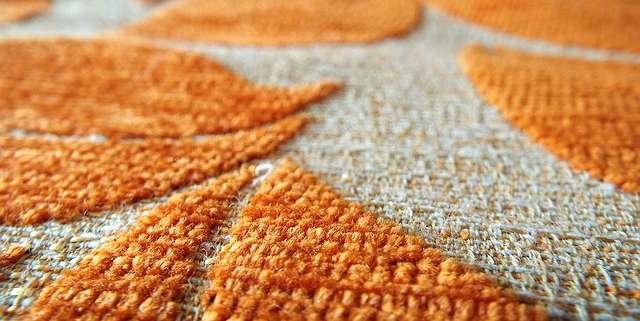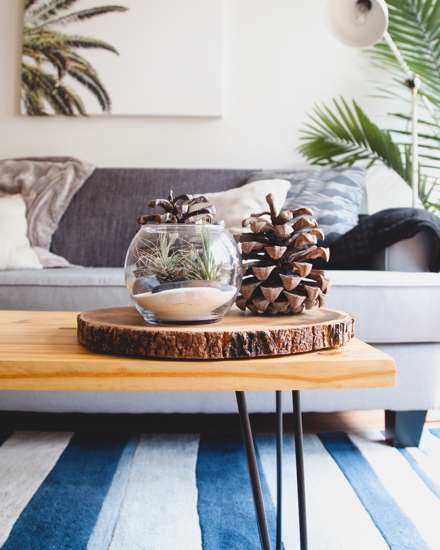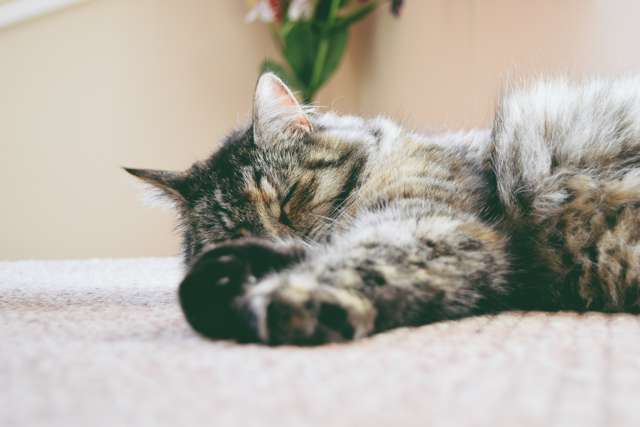
The Ultra-Scan VIS can accurately measure carpet color because it takes texture into account. Image source: Pixabay user Frantisek_Krejci
A hotel chain has hired an interior designer to replace the old carpet design in every guestroom with something that looks more sleek and modern. After sifting through a number of swatches, the designer finds the perfect shade: a simple charcoal grey design that will contrast beautifully against the crisp white comforters and bed sheets that the hotel uses. But in order for the interior designer’s vision to truly come to life, the carpet color needs to be consistent from room to room. Not only does every guest room have to match, the hotel also needs to ensure that the carpeting looks seamless from the entrance of the room to every corner. If the hotel receives rolls of carpeting that vary in color even slightly, it will make every seam more obvious–the hotel will end up with a room that looks more like a patchwork quilt than a chic, modern space (commonly referred to as a “carpet sidematch problem”).1
This is just one of many reasons carpet manufacturers should take accurate color measurements of their products before releasing them on the market. However, it isn’t always easy to measure carpet color, even when you use color measurement tools like spectrophotometers. Because carpeting is soft, uneven and not always entirely opaque, analyzing the color of your samples can be frustratingly complicated. An instrument such as the UltraScan VIS, however, simplifies this process by allowing for optimal measurement methodology and the highest degree of color measurement precision. Unlike many other spectrophotometers on the market, the UltraScan VIS instrument is specifically designed to measure carpeting (among many other sample types), and makes the color quality control process fast, simple and extremely accurate.
The Challenges of Analyzing Carpet Color
Carpet swatches seem easy to analyze at first glance, especially when designs feature just one solid color. However, carpeting is never truly “solid” in color, even if it appears so to the naked eye. If you look carefully at any carpet swatch, you’ll see that the tiny particles that make up the sample frequently vary in opacity, shape, and color. These three factors pose a number of challenges for manufacturers.
Challenge #1: Opacity
Opacity is one of the first challenges you’ll come across when you try to measure the color of your sample using a spectrophotometer. Many carpet products are slightly translucent, and this becomes more obvious when you change the backing of your sample. For instance, your slightly translucent carpet sample will look lighter when backed by a light-colored background, but that same sample will appear much darker when backed by a dark-colored background. In order to get an accurate measurement, you have to standardize your sample backing.
Challenge #2: Shape
Carpeting isn’t flat. Rather, the material is flexible, and the tiny threads that make up the sample can shift with even the slightest pressure. The non-homogenous nature of carpeting makes it difficult to measure color unless you use tools specifically designed to handle textured samples. When a color measurement instrument presses into a carpet swatch, it creates a pillowing effect. The tiny carpet particles bend around the instrument’s measurement port, and this in turn can cast shadows that alter the overall color reading. To fix this, you need to take several readings in succession, then average those readings to get an accurate measurement.
Challenge #3: Color
Finally, the color of your sample or the type of dye that you use can cause a few unexpected problems for color measurement instruments. The most common problem that you may come across is the use of fluorescent dye in carpeting. This dye makes the product appear brighter and whiter than it is, and it is frequently used in white carpeting.2 Although this dye makes your products look whiter and potentially more appealing, it also makes your samples more sensitive to UV light. When your sample is exposed to the UV that naturally occurs in your light source, it can alter the overall measurement result, making your product appear lighter. This is why you need to cancel out the impact of UV on your sample or take UV into account when you measure your product’s color.

Pile heights and texture can significantly affect the appearance of your carpet samples. Image Source: Unsplash user Dane Deaner



